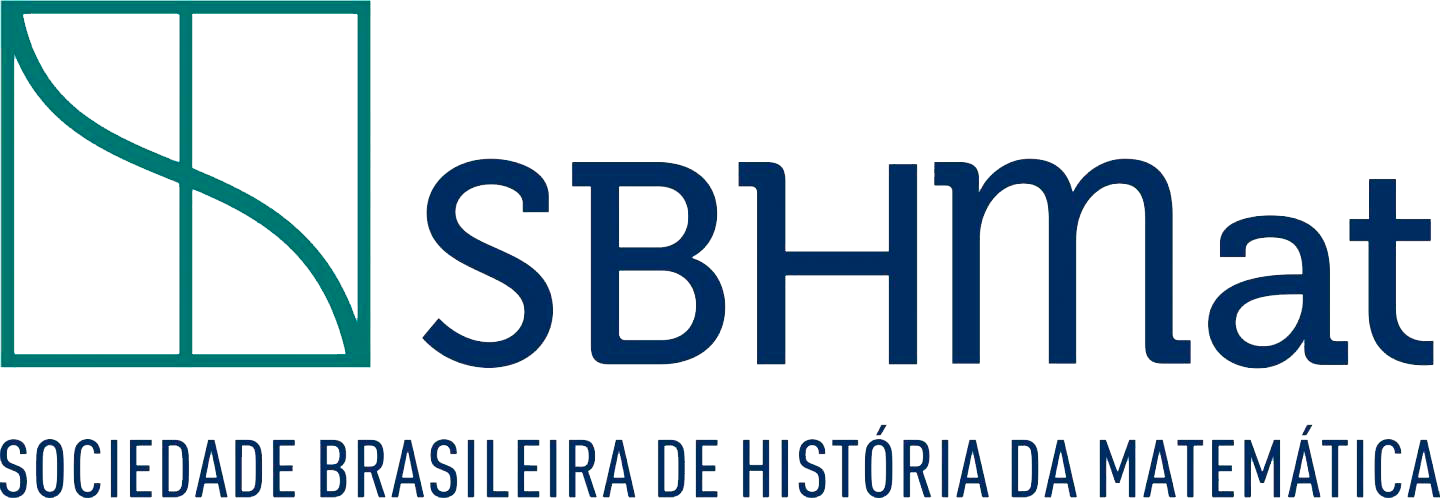Stop calling Bernoulli’s law of large numbers his "Golden Theorem" (Please?)
DOI:
10.47976/RBHM2024v24n48151-155Palabras clave:
law of large numbers, Bernoulli's golden theoremResumen
Jakob Bernoulli (1655 - 1705) proved the first form of the law of large numbers before 1690 and realized the range of applications of probability calculus would be largely widened by the result. It is pretty common to find examples in the statistical literature referring to it as his “Golden Theorem”. But when did Jakob name his discovery? In fact, he never did, at least this one. A mistake in the translation of Bernoulli's major work, Ars Conjectandi (1713), and the fact that Bernoulli named another result as “Golden theorem” led us to propagate this mistake ... for almost 100 years.
Descargas
Métricas
Citas
Bernoulli, J. (1694). Curvatura laminae elasticae. ejus identitas cum curvatura lintei a pondere inclusi fluidi expansi. radii circulorum osculantium in terminis simplicissimis exhibiti; una cum novis quibusdam theorematis huc pertinentibus, &c. Acta Eruditorum, pages 262–276.
Bernoulli, J. (1713). Ars Conjectandi. Thurneysen brothers, Basel.
Bernoulli, J. (2006). The art of conjecturing, together with Letter to a friend on sets in court tennis; translated with an introduction and notes by Edith Dudley Sylla. The John Hopkins University Press, Baltimore.
Blasjö, V. (2017). Transcendental Curves in the Leibnizian Calculus. Studies in the History of Mathematical Inquiry. Academic Press.
Daston, L. (2007). The History of Emergences: review on Ian Hacking’s The Emergence of Probability. Isis, 98:801–808.
Diaconis, P. and Skyrms, B. (2018). Ten Great Ideas About Chance. Cambridge University Press.
Edwards, A. (2013). Ars conjectandi three hundred years on. Significance, 10:39–41.
Levien, R. (2008). The elastica: a mathematical history. Technical Report No. UCB/EECS-2008-103.
Matmüller, M. (2014). The difficult birth of stochastics: Jacob Bernoulli’s Ars Conjectandi (1713). Historia Mathematica, 41:277–290.
Pearson, K. (1925). James Bernoulli’s Theorem. Biometrika, 17:201–210.
Peiffer, J. (2006). Jacob Bernoulli, teacher and rival of his brother Johann. Electronic Journal for the History of Probability and Statistics, 2:1–22.
Pulskamp, R. (2002). Correspondence regarding the Art of Conjecturing: Gottfried Leibniz and Jakob Bernoulli. Unpublished manuscript.
Raper, S. (2018). Turning points: Bernoulli’s golden theorem. Significance, 15:26–29.
Schneider, I. (2001). Jakob Bernoulli. In Heyde, C. and Seneta, E., editors, Statisticians of the Centuries, pages 33–38. Springer, New York.
Sheynin, O. (2020). Studies in the History of Statistics and Probability, vol. 21. Available at http://www.sheynin.de/download/study21.pdf.
van der Waerden, B. L. e. (1975). Die Werke von Jakob Bernoulli: Band 3. Birkhäuser, Basel.
Descargas
Publicado
Métricas
Visualizações do artigo: 195 PDF (Português (Brasil)) downloads: 104




































